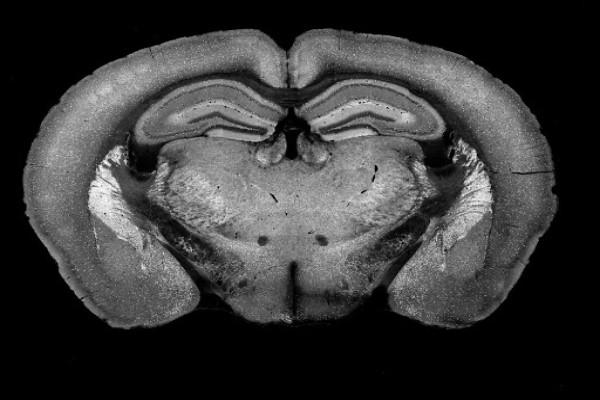
Five-year NIH funding scales up Brain Image Library to handle vastly increased data
The National Institutes of Health (NIH) has awarded a total of $5.8 million over the next five years to a collaboration of Pittsburgh institutions aiming to scale up the computer infrastructure needed to map the human brain at a resolution smaller than individual nerve cells. The Brain Image Library (BIL) is entering its second, five-year funding cycle by the NIH. It will expand its data processing and storage capabilities, now being used by scientists around the world, to map the mouse brain in detail, and apply it to the larger task of identifying every connection that makes the human brain work.
BIL is led by Alex Ropelewski, Director of Biomedical Applications at PSC and Alan Watson, Assistant Professor of Cell Biology and Assistant Director of the Center for Biologic Imaging at the University of Pittsburgh.
Thanks to the new NIH funding, over the next five years BIL scientists will expand their system’s ability to house and analyze data from larger brain specimens such as those of humans and other primates. Due to these brains’ much larger physical size and the image resolution required to trace features smaller than individual nerve cells, each of these datasets are many terabytes to petabytes in size. That’s thousands to tens of thousands of times more storage than in a high-end personal computer. It’s even much more than individual laboratories can keep online. The new grant will allow BIL to receive a variety of optical-brain image types from many source laboratories, maintain them online in their entirety at full resolution, and share them with the broader research community on demand.
The funding cycle for BIL started in July 2022, with $1 million awarded to PSC and Pitt for the first year of the expanded project.
